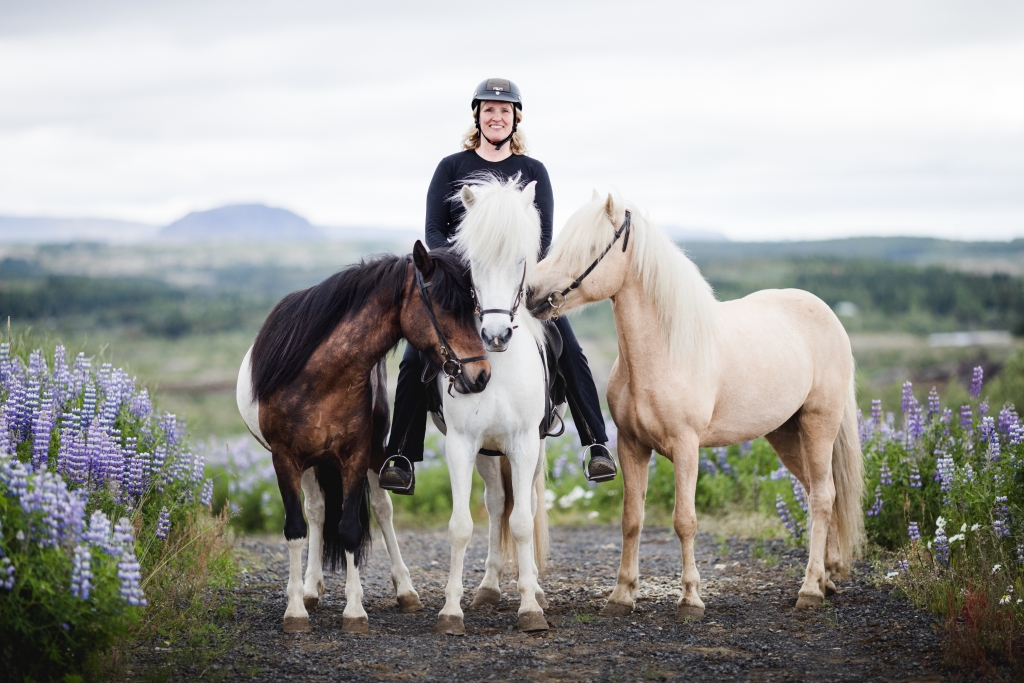Unique to Iceland with distinctive traits and abilities, the Icelandic horse truly is one of a kind. It is not only a beautiful animal, but has also played a crucial role in the survival of the Nordic nation throughout its early years.
The Icelandic horse is different than any other breed of horse you will find around the world. It is known for being faithful, willing, strong and charismatic. Iceland’s landscape is extremely versatile, often making transportation challenging. For many centuries, the Icelandic horse was the only way to traverse the difficult terrain. Isolated on the island since settlers first arrived in 874, the Icelandic horse has been purebread for over a thousand years. The early settlers knew that their journey would be difficult, and therefore only brought the strongest horses.
Although Icelanders don’t typically use horses for everyday travel today, their love for and devotion to the animal remains strong. Icelanders now compete, breed and ride the horse for both leisure and sport. Unlike most other horses, the Icelandic horse has five gaits, and is best known for the tölt, a natural fluid gait where at least one foot of the horse is always touching the ground.
Begga Rist, a passionate horse owner and rider, represents the strong connection many Icelanders feel with the horse. Begga discovered her passion for the animal at four-years-old when she asked her parents for her first horse. When she was 12, Begga’s dream came true and she was given a horse as a confirmation present: “I remember that I felt so close with the horses and wanted to spend my entire life surrounded by them. I believe in the Icelandic horse, it’s sincere positive energy, it’s instant honesty and true love.”



Comments
article Next
article